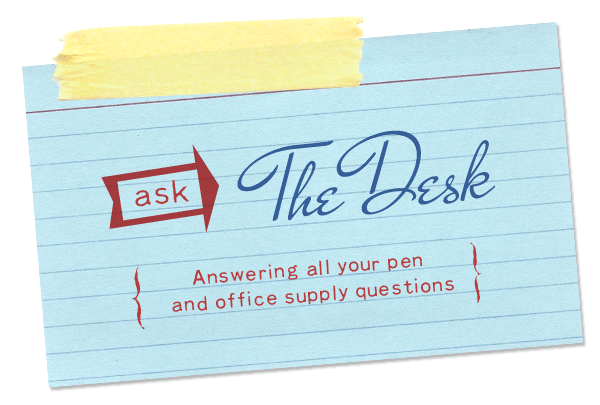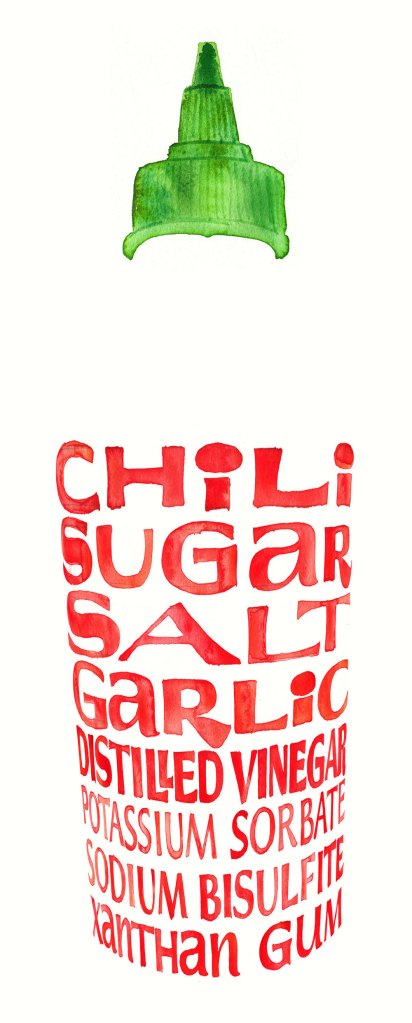You may be asking yourself “Why didn’t she own this pen already?” Trust me, I’ve been asking myself the same question since it arrived. The Monteverde Intima ($52) is a stunningly swirly mix of lime and kelly green colors with a white opalescent sheen embedded in the resin. All the hardware is black including the nib. I just hold it in my hand and admire the swirls.
The pen arrived in a cardboard slip case (which I sort of destroyed trying to get it open) which protected this epic presentation box. Its a deep forest green shimmery clamshell box with silver metallic edging and logo. Its a box that one would expect to find a much more expensive pen inside. And probably a little more dignified than my Willy Wonka green swirl, St. Patty’s Day-is-everyday pen. But that’s beside the point. The box looks impressive.
Inside is a white faux velvet lining. The bottom section with the band lifts out to reveal the box of cartridges (only two were in the box) and instructions for using the included converter which was in the pen. The box could definitely get a second life as a storage box for pens and accessories. Its durable.
This is only the second Monteverde pen I’ve used and with each experience, I’m becoming more impressed with the quality and diversity of the Monteverde product line. I was initially skeptical of the black anodized nib but as I used the Intima, I grew to appreciate the understated-ness of the nib and hardware next to the brilliant showiness of the neon green swirls. Its a really beautiful combination.
The weight of the pen is heavier than I initially anticipated. Somehow I thought the pen would be light like a plastic Kaweco but the resin is weightier than plastic. It feels good in the hand. The nib is astoundingly smooth. I am thrilled with how well this wrote right out of the box.
The cap can be posted which makes the pen a sizeable 6.375″ long but I found the weight of the pen unposted to be most comfortable in my hand and plenty long enough (4.675″). The length of the pen capped is 5.25″.
This has immediately become my go-to pen. It writes beautifully, its perfectly weighted for my hand and its the PERFECT color.
My biggest gripes with Monteverde is a dislike for their logo. The branding on the Intima is so subtle that it is barely noticable. The black anodized nib disguises the cheeseball “architect” logotype and the pen name is silkscreened in white in a miniscule font on the reverse side from the clip on the black edge of the cap. Its completely ignorable which is a delight to a design snob like me.
The Intima comes with a converter but will accept standard European cartridges. I immediately inked mine up with a coordinating green ink, Caran D’ache Chromatics INKredible Colors Delicate Green ($32) and it is the perfect combination. Both are bright and vibrant and make me insanely happy. (A review of the Delicate Green ink will be posted soon.)
I tested this on the Rhodia Uni Blank No. 16. Its the smaller version of the Rhodia Uni Blank No. 18.
The Monteverde Intima fountain pen in neon green is a thing to behold, at least for someone like me with an uncompromising love of the color green. But don’t be frightened away, the Intima is also available in more dignified colors like Glacier Blue and Volcano Grey, both of which I like too.
The Intima is available in a variety of nib sizes and other colors if green is not your thing for $52 each at Goulet Pens. The Intima takes a #6 nib and replacement nibs are also available for $24 each in black anodized or silver. Or try out one of Goulet Pens signature nibs with the Intima. The Goulet branded nibs are available in six different nib widths for $15 each in silver or gold toned.
DISCLAIMER: This item was sent to me free of charge by Goulet Pens for the purpose of review. Please see the About page for more details.


























































![Image credits (clockwise from top left: Noyolajose, Mary Kate McDevitt, Tuesday Next [that's me!], FPGeeks, Rad And Hungry, MyCoffeePot, Rad And Hungry, Elltbr, and GouletPens)](https://wellapptdesk.files.wordpress.com/2014/02/instagrams-linklove.jpg?w=640)


















